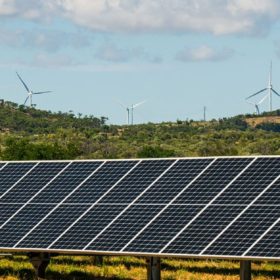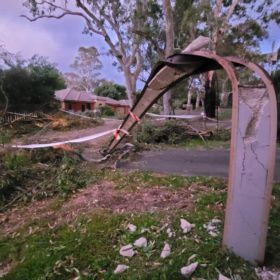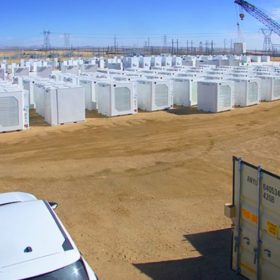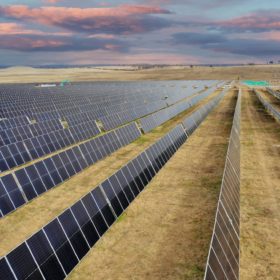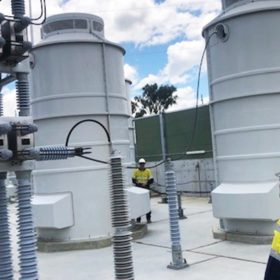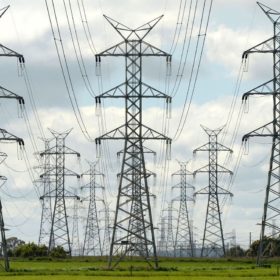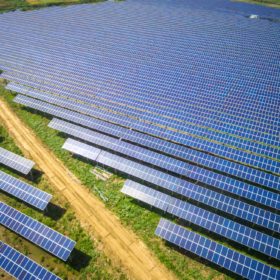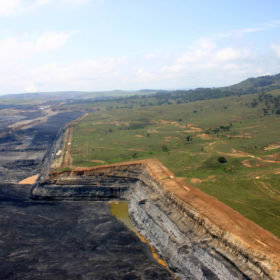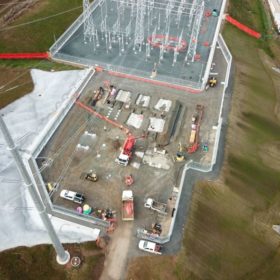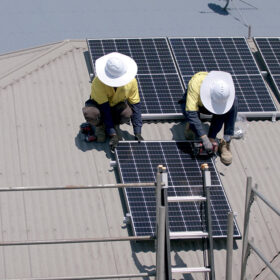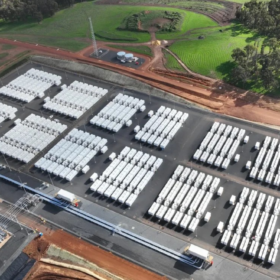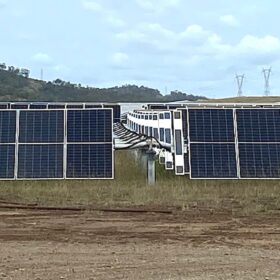Solar-wind hybrid Kennedy Energy Park poised to reach full potential
After almost four years of delays the solar-wind hybrid 60 MW Kennedy Energy Park in north Queensland is inching towards full operation. Project developer Windlab confirms the final stage of testing and commissioning of the Australian-first hybrid renewable energy project is underway.
Rooftop solar returns as SA rebuilds after wild storms
Residential, commercial and industrial solar generation in South Australia has returned to normal operations following heavy curtailment by authorities working to stabilise the grid after storms caused extensive damage to transmission infrastructure.
NSW tender targets 600 MW of storage and 380 MW of firming capacity
The New South Wales government will stage a competitive tender to secure at least 600 MW of long duration storage as well as 380 MW of firming capacity as the state looks to fill the gap created by the impending closure of the country’s biggest coal generator.
Market operator calls for ‘mature conversation’ on capacity mechanism
The head of the country’s energy market operator has reiterated his call for the development of a mechanism that incentivises dispatchable capacity, saying it is critical to underpin the growth of renewables as Australia’s energy transition continues to accelerate.
AEMO report underlines need for ‘urgent’ shift to renewables
The Australian Energy Market Operator has declared skyrocketing power prices and unprecedented market disruptions have confirmed the “urgent” need for the nation to fast-track its transition from a coal-dominated system to renewables, including wind and solar PV backed by batteries and other energy storage technologies.
Transgrid delivers ‘critical’ interstate transmission project
Network operator Transgrid has completed a $236 million upgrade to the Queensland-New South Wales Interconnector to facilitate the increased flow of electricity between the two states and reduce constraints on the New South Wales transmission network.
NSW announces tender round for large-scale wind, solar and storage
New South Wales has reached another milestone in its transition from coal-fired power generation to renewables-based electricity with the state government announcing the start date for a tender process expected to deliver at least 2,500 GWh of new annual generation and 600 MW of long-duration storage.
CSIRO tips global influences to stall cost reductions for renewables
Australia’s national science agency has reaffirmed integrated wind and solar PV remain the cheapest new-build electricity generation options but warned inflationary pressures and ongoing supply chain disruptions are likely to stall any further cost reductions for at least 12 months.
Coal plant closures adds sense of urgency to energy transition
The quickening exit of coal-fired generation from Australia’s energy mix – with 60% of capacity expected to be withdrawn from the National Electricity Market by 2030 – has emphasised the need for significant investment in renewable energy generation, storage, transmission, and system services.
AEMO reveals new roadmap for rapid switch to renewables
The Australian Energy Market Operator has declared approximately $12.7 billion of investment in new transmission lines should begin “as urgently as possible” to accelerate the transition to renewable energy and energy storage, replace exiting coal-fired power plants, and deliver a more efficient and effective grid in eastern and south-eastern Australia.
